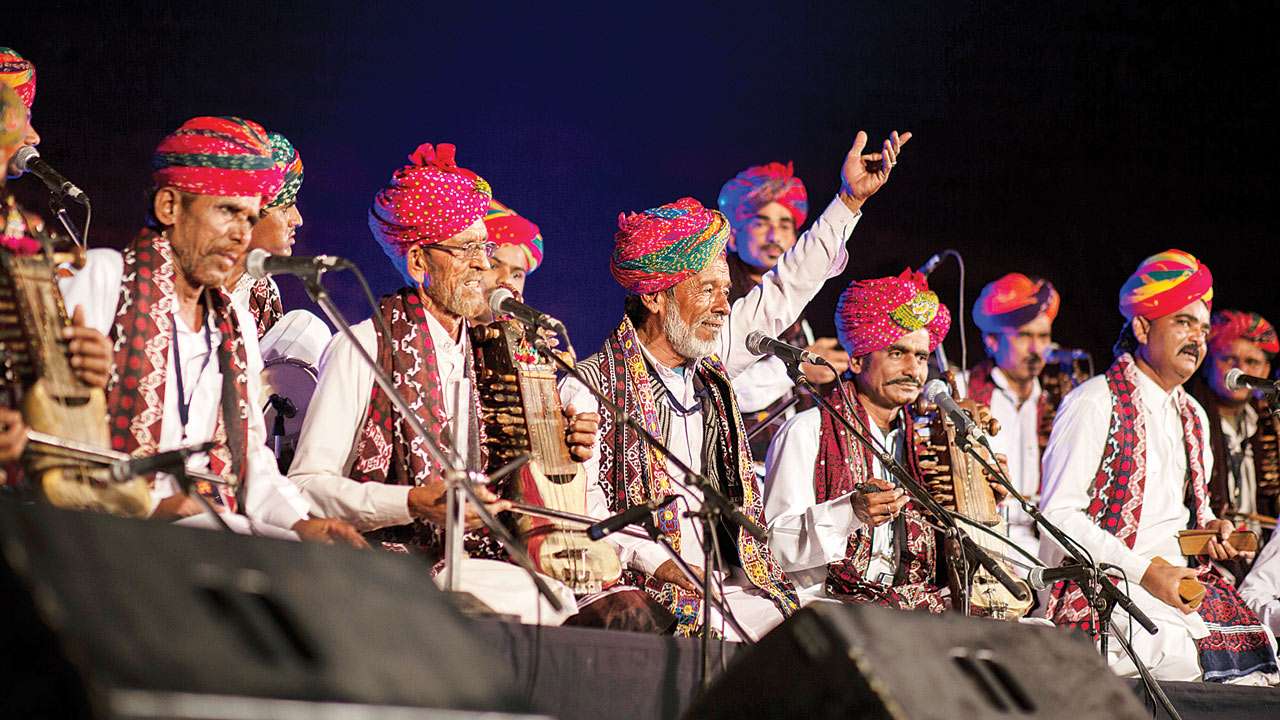
If one takes a closer look at the hands of a musician from the West Rajasthani Langa community, one will find the nails of their index and middle fingers are slightly blueish and dented. This is because these talented fingers race across the wide fretboards of the Sindhi Sarangi. Nails skilfully press the strings of this instrument to the fret-board, eking out melancholic melodies that breathe of sun and sand. For the Langas of Jaisalmer and its neighbouring regions, music is in their voices and fingertips.
With three main strings from which a bow coaxes out melodies, and 23 resonant strings of copper and steel, these instruments are a dying breed. The reason: the only remaining Sindhi Sarangi makers reside in Pakistan, while the only exponents who play the instrument remain in India. "There used to be a sarangi maker in our community but he died without passing on the knowledge to anyone," laments Asim Khan, a maestro of the Sindhi Sarangi, adding, "Our community traditionally sings songs with the Sindhi Sarangi as accompaniment; so most of us know how to play the instrument."
Sardar Khan, another Sindhi Sarangi maestro, who dazzled audiences at the Jodhpur RIFF Festival alongside Asim Khan, says that the instrument he has is at least 300 years old, the greatest treasure passed down through seven generations of musicians. "The three main strings, or jodas, play the first, fifth and eighth notes of the octave. One of these is a steel wire and two are made from the guts of goats. These are the three strings on which we use the bow."
The other strings resonate with this trio, giving the sarangi its unique sound. "Five resonant strings of copper called jadé are situated close to the jodas and rest of the strings are called jeev and are situated close to the board's surface," adds Sardar Khan.
While the technicalities of the instrument are fascinating to learn – such as how the goats intestines are turned inside out and then honed with knives to create two of the joda strings – they pale next to the actual sound of the instrument. And when eight such instruments in the hands of three generations of the Langa musicians cast their magic in the evening air of the Mehrangarh Fort at the RIFF Festival, their spell wove into every heart, and even those who left the land of the songs and sands after the event took a bit of the music with them.